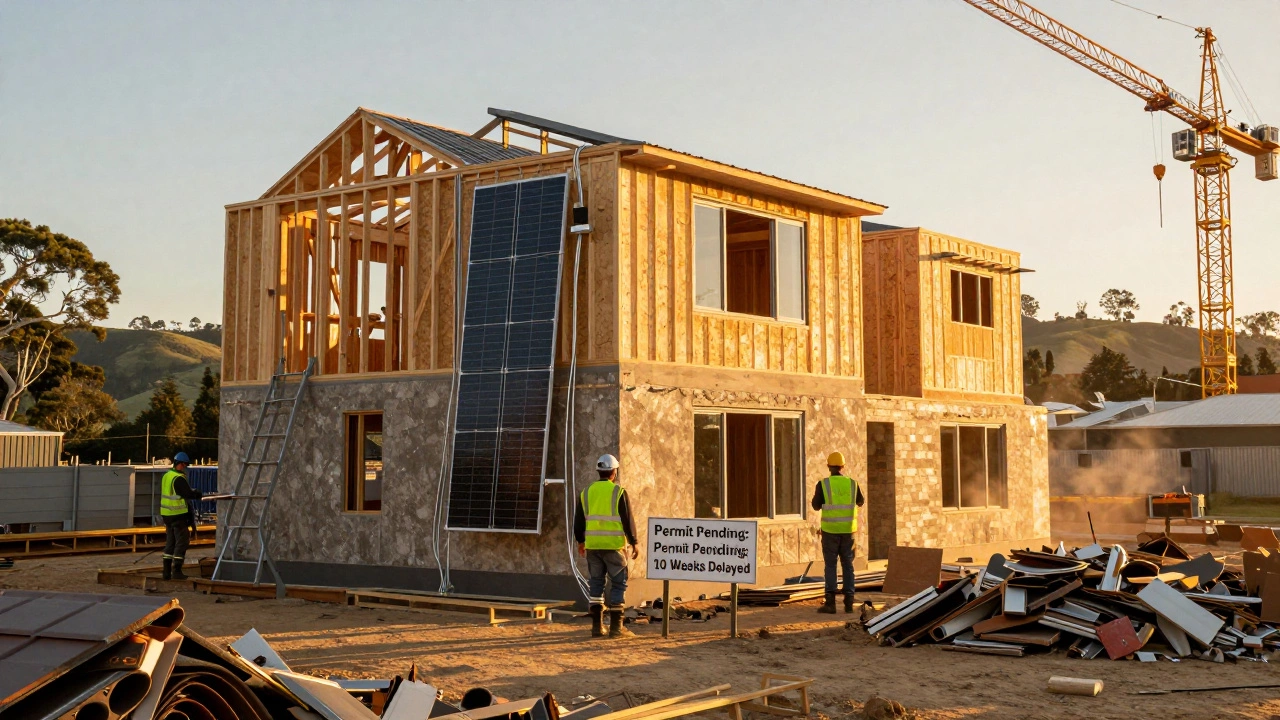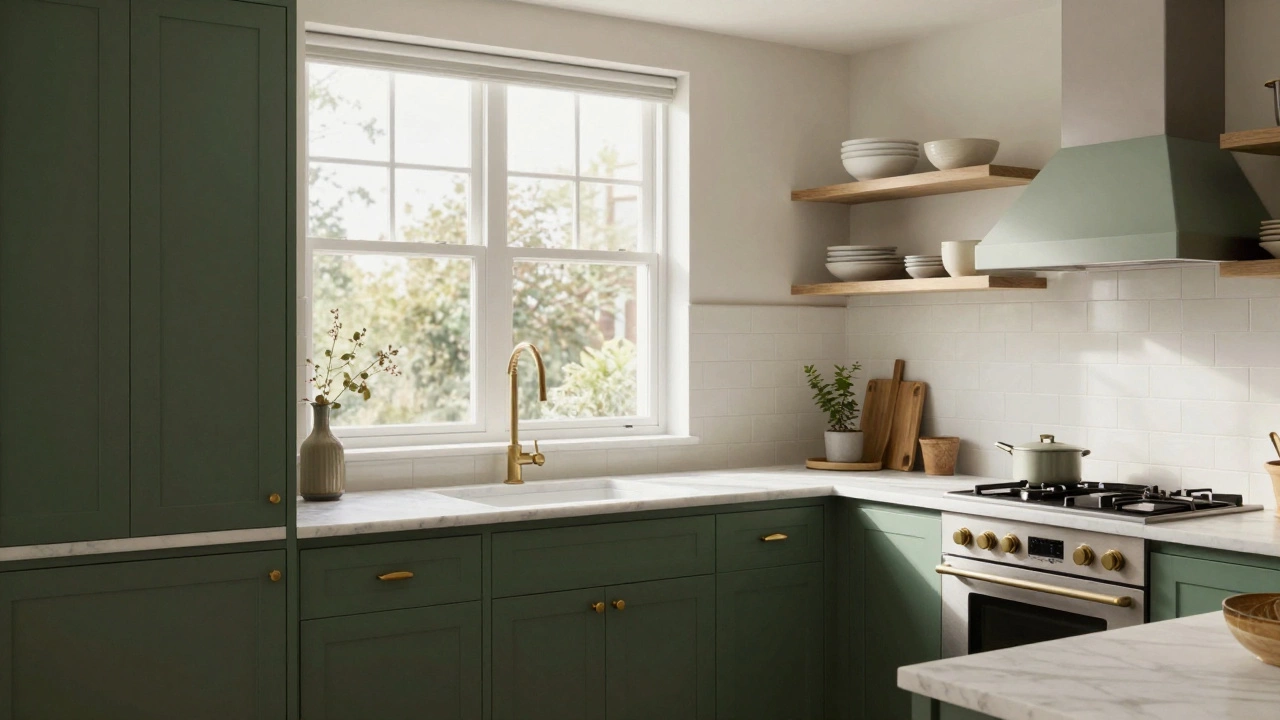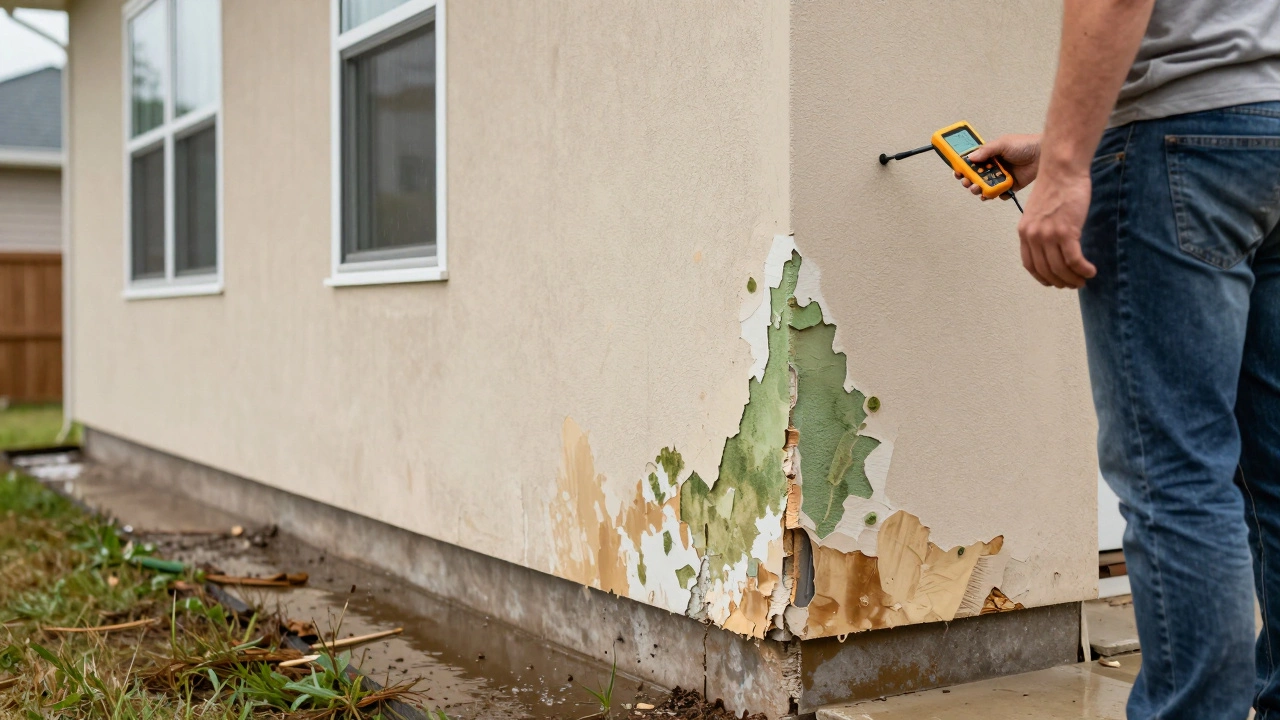Best Dining Table Material: What Works Best for Your Home
When you’re picking a dining table material, the surface you eat on every day that needs to handle spills, scratches, heat, and heavy use. Also known as tabletop surface, it’s not just about looks—it’s about what survives your family, your guests, and Tuesday night pizza. The right material doesn’t just look good in a magazine photo. It needs to hold up to sticky fingers, hot pans, and the occasional wine spill without screaming for help.
Most people think wood, a natural, warm option that ages gracefully and can be sanded and refinished. Also known as solid timber, it’s the go-to for homes that want lasting value and a lived-in feel. Hardwoods like oak, walnut, and teak are tough enough for daily use and still look elegant. But not all wood is equal—engineered wood with a thin veneer can peel or swell if it gets wet. Solid wood? It lasts decades. Then there’s laminate, a budget-friendly layer over plywood that mimics wood or stone without the price tag. Also known as high-pressure laminate, it’s great for renters or families who need something easy to wipe clean. It won’t scratch as easily as marble, and it won’t cost a fortune. But if you drop a heavy pot on it? It might chip for good.
Marble is the showstopper. It’s cool to the touch, stunning in natural veining, and makes your dining room feel like a high-end restaurant. But here’s the catch: it stains. Lemon juice, tomato sauce, red wine—they all leave marks unless you seal it religiously. And if you live with kids or host weekly dinners? Marble might be more trouble than it’s worth. Glass tables are sleek and modern, but they show fingerprints and scratches like nothing. Metal frames add industrial charm, but paired with a stone or wood top, they’re just support—not the star.
What you choose depends on how you live. If you eat takeout on the table every night, go for laminate or a sealed wood. If you host dinner parties and want something that feels special, solid wood or stone works—but be ready to care for it. If you’re renting or changing homes often, durability and resale value matter more than prestige.
There’s no single "best" dining table material. There’s only the one that matches your life. The posts below cover real-world experiences—from people who picked walnut and regretted it after a summer barbecue, to those who stuck with laminate for ten years and never looked back. You’ll find honest breakdowns of cost, care, and what actually holds up over time. No fluff. Just what works—and what doesn’t—in homes that actually get used.






